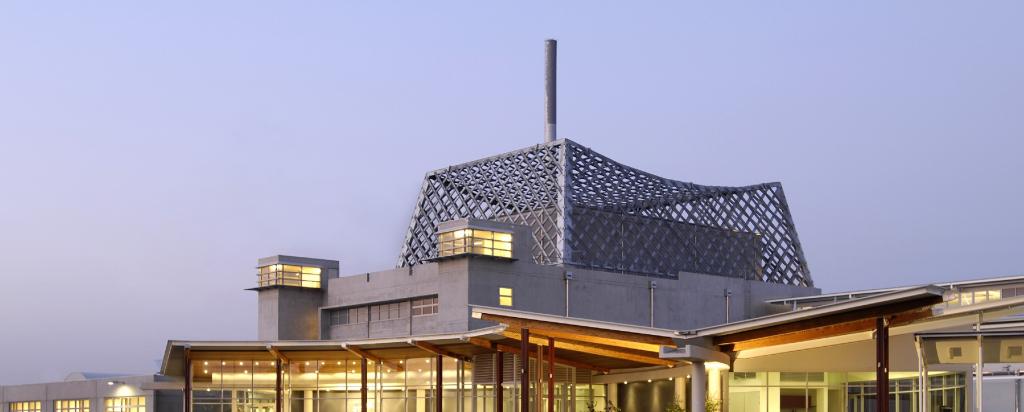
How safe is OPAL?
The OPAL research reactor's design and integrated safety features mean it is extremely safe; a fact confirmed by independent analysis. It performs a wide range of functions, including the production of radiopharmaceuticals for nuclear medicine, and the provision of neutron beams for research.
Research reactor
OPAL is a research reactor. It generates roughly 20 Megawatts of heat using around 30kg of uranium. This is very small when compared to a typical nuclear power reactor, which may operate at a thermal output of around 3000 Megawatts to generate 1000 Megawatts of electricity and contain around 100,000 kilograms (kg) of uranium.
To put it another way, OPAL's output is only enough to warm the water within the reactor pool to about 40 degrees Celsius, as opposed to heating water hot enough to generate high-pressure steam to drive turbines.
Independent analysis
Because of its size, its design and integrated safety features, OPAL is extremely safe. The safety analysis shows how the design of the OPAL reactor meets design safety requirements, and necessary licensing requirements. This safety analysis has been subject to independent review and approval by ARPANSA.
The reactor's security design is integrated into the overall ANSTO site system, which includes 24 hour protection by the Australian Federal Police. The security design has also been subject to independent review and approval by the relevant Commonwealth bodies.
Design and construction
The design and construction of OPAL ensures effective protection of reactor personnel, the general public and the environment against radiological hazards. The reactor building is constructed out of reinforced concrete, which provides a physical boundary that, in the very unlikely event of any radiation release inside the reactor, will contain emission.
The reactor building also protects the reactor from external events, including physical impact and earthquakes. In fact, OPAL is able to withstand much greater earthquake loads than other industrial buildings, high rise units and dams. Expert geologists have confirmed that the site is geologically stable.
The reactor core
OPAL's reactor core is about the size of a two-drawer filing cabinet and is located in a 13 metre deep open pool filled with demineralised light water (ordinary water). The pool itself is constructed from stainless steel and is embedded in a block of high-density concrete that also absorbs radiation.
The depth of the water above the core acts as a very effective radiation shield.
The reactor core consists of 16 fuel assemblies, which contain low-enriched uranium, and five control rods made from hafnium, a material that strongly absorbs neutrons. The control rods maintain the reactor at the desired power while the reactor is operating and also act as the first shutdown system when required.
The reactor core is surrounded by heavy water contained in a reflector vessel that reflects neutrons back into the core and thus, maintains the ongoing nuclear reaction.
Shut down and containment
OPAL's automated and highly reliable safety features include two independent safety systems that are able to quickly and independently shut down the reactor core. Its first shutdown system quickly inserts (by gravity and assisted with compressed air) the five control rods into the reactor core, absorbing neutrons in the core and thus stopping the nuclear chain reaction.
The second shutdown system partially drains the reflector vessel of its heavy water, allowing more neutrons to escape the core and thus stopping the nuclear chain reaction. Both shutdown systems are fail-safe and can function independently of the availability of electrical power.
Core cooling
During power operation, the core is cooled by forced circulation of the pool water driven by two of the three pumps of the primary cooling system. When the reactor is shut down, residual heat from the reactor core is dissipated by pool water that circulates naturally upwards through the core.
Containment
If necessary, the reactor building can be isolated from the external environment. The containment includes systems to trap radioactive material in high-efficiency particulate filters as well as activated charcoal for trapping radioactive iodine. With these containment systems in place, modelling demonstrates that radiation doses to members of the public would be well below acceptable limits.